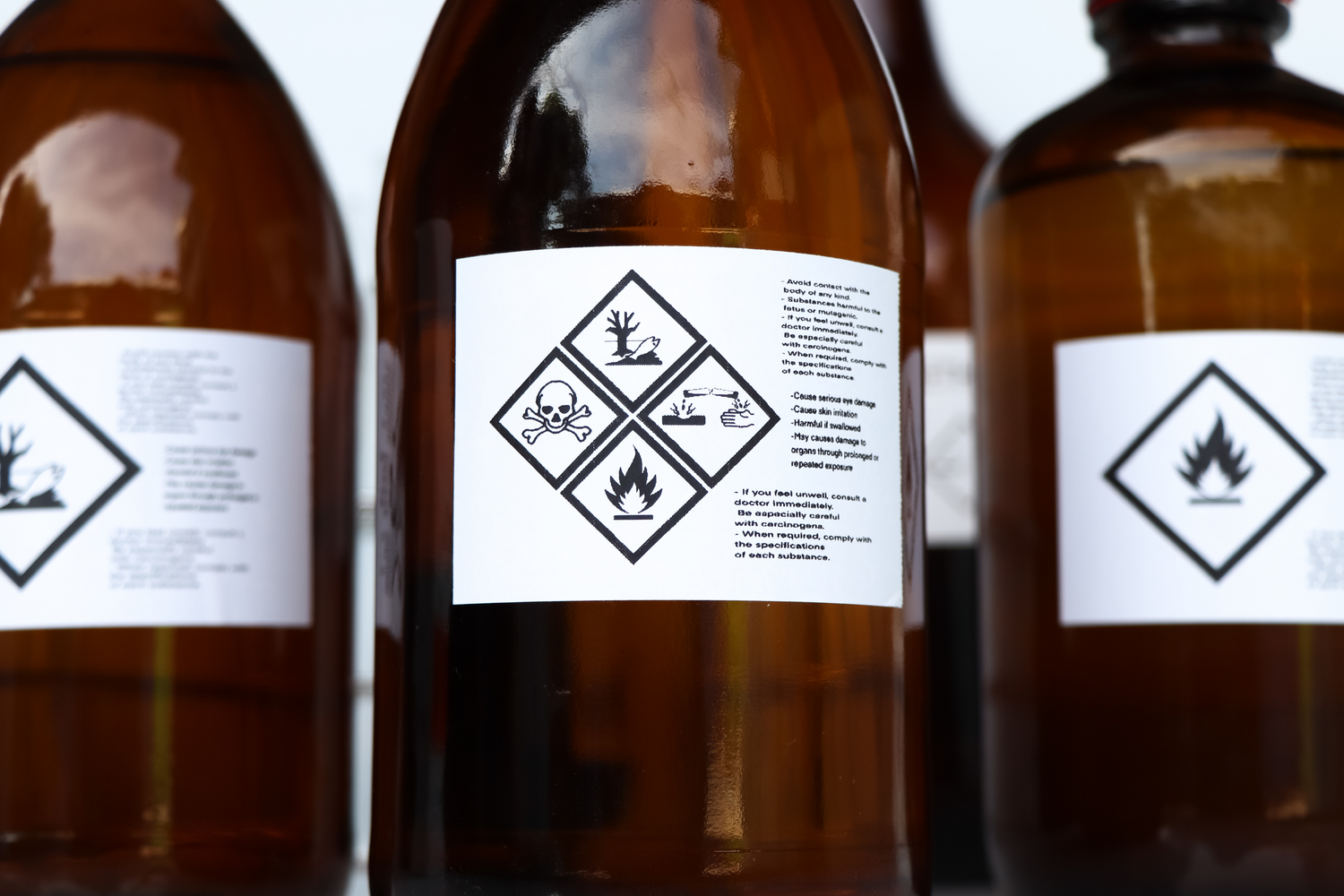Have you ever found yourself squinting at the ingredient list on the back of a cosmetic product, feeling like you're reading a complicated chemistry formula? For many people, these complex names evoke images of dangerous or artificial substances. However, it’s time to break down those misconceptions. Chemistry in cosmetics is not your enemy — it’s often a source of innovation, effectiveness, and safety. This article will help you understand those mysterious chemical compounds so you can choose your products with confidence.
Everything Is Chemistry: A Scientific Reality We Can't Escape
It’s essential to remember that everything around us is made of chemicals: the water you drink, the air you breathe, the food you eat — even your own body. Chemistry is simply the science that studies these substances and their interactions. Therefore, a “chemical” ingredient isn’t automatically synthetic or harmful.
Chemical Transformation: Where Nature Meets Science
An ingredient may be naturally derived but go through a gentle chemical transformation to make it more stable, more effective, or better suited for cosmetic use. For example, coconut oil — naturally extracted — can be transformed into coconut esters like Caprylic/Capric Triglyceride or Coco-Caprylate, known for their emollient and moisturizing properties. These transformations do not diminish the ingredient's quality — in fact, they often enhance it.
Cosmetic Chemistry: A Source of Innovation
Thanks to chemistry, laboratories have been able to develop:
-
pleasant, sensorial textures,
-
stable, long-lasting formulas,
-
products suitable for sensitive skin,
-
active ingredients with proven efficacy.
Chemistry is a powerful tool that helps create safe, high-performance skincare, respectful of both skin and the environment.
Breaking Down Ingredient Myths
1. Natural ≠ Always Safe
A natural ingredient isn’t always harmless: some plants (like belladonna) are extremely toxic. On the other hand, many synthetic ingredients are tested, regulated, and non-irritating, especially for sensitive skin.
2. Complex Names, But Beneficial Ingredients
INCI names might sound intimidating, but they often refer to well-known substances:
-
Hyaluronic Acid (Sodium Hyaluronate, Hydrolysed Hyaluronic Acid...) → Deep hydration.
-
Ascorbic Acid (Ascorbic Acid, Sodium Ascorbyl Phosphate...) → Powerful antioxidant, aka Vitamin C.
Rather than fearing the INCI list, it’s better to understand it.
Conclusion: Chemistry as a Trusted Ally
Cosmetic chemistry is not a dirty word. It’s everywhere — even in natural ingredients. Understanding how it works gives you the power to choose the right products — those that respect your skin, your health, and the planet.
At Unlëss Cosmetics, we believe in healthy, transparent chemistry. Our formulas use naturally derived ingredients, carefully selected for their safety and effectiveness.
👉 Discover the truth about our ingredients in our Ingredient Notebook and embrace an informed beauty routine.



